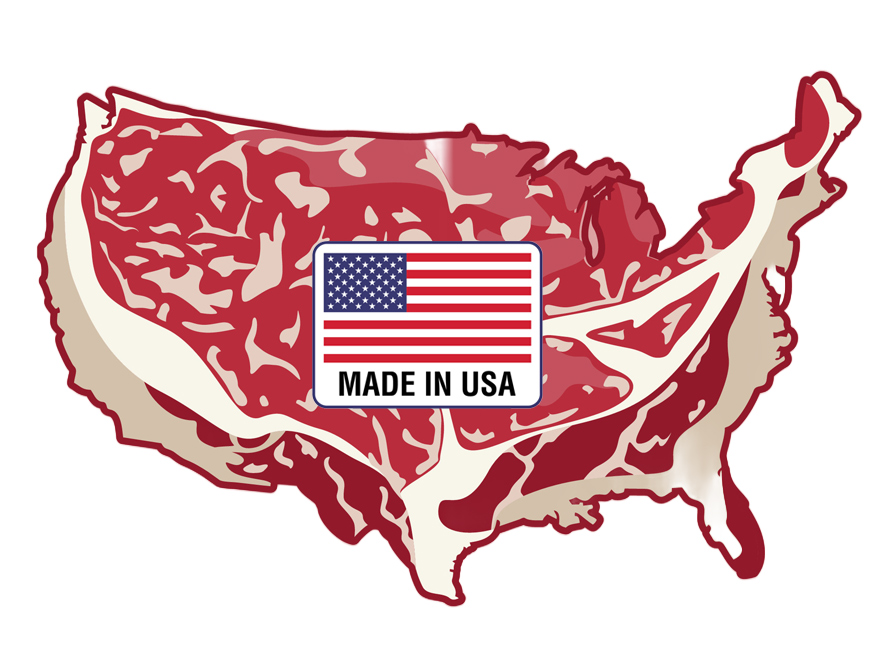I read Michael Grunwald’s recent New York Times Opinion piece, Sorry, but This Is the…
It’s Time to Stand Up for Our Farmers’ Markets
Almost one and a half billion dollars changed hands at farmers’ markets across the United States during 2010. Yes, I was pretty surprised by that figure, too. 

According to the Department of Agriculture, the number of farmers’ markets increased last year by 16 percent, up from 5,247 to 6,132 markets. Over three million Americans regularly buy food from the 60,000+ farmers who sell at these markets each year. This isn’t the result of some multi-million dollar corporate advertising campaign. The success of the farmers’ market is driven by the desires of people who believe that food is best when it’s fresh, grown locally, and bought directly from the farmer who grew or produced it. So, who are the unsung heroes who are making all this happen?
Well, I was fortunate enough to meet one of them at the State of the Plate conference back in November. There were some big names at this event: Robby Kenner (producer, director, and writer of Food, Inc.) was there, along with Dan Rosenthal (cofounder of Green Chicago Restaurant Co-op). And later in the evening I found myself sitting with Bob Martin of the Pew Commission. Since this was the first time we had met in person, we quickly became embroiled in discussions about our joint loathing of the misuse by Big Ag of antibiotics. But it wasn’t long before our attention was focused on a humble yet captivating gentleman at our table who was talking about his work with farmers’ markets.
His name was David Rand and, as he explained, he worked at the farmers’ markets of Chicago. As we listened, it became apparent that this young man was effectively the entire inspection, delivery and support person for the many farmers’ markets in Chicago! It’s a huge undertaking which, like all unsung heroes, David significantly underplayed. He explained he was attending the event to raise awareness of the Farmers’ Market Coalition, the organization he worked for. And I was blown away by what the Coalition is trying to achieve.
Many Animal Welfare Approved farmers use farmers’ markets as their primary retail outlet. Without these markets I think it’s fair to say that some family farming businesses would really struggle financially. Farmers’ markets provide a unique setting where consumers don’t just buy fresh, high quality, locally produced foods at great prices, but they talk to the people who produced it. There’s no middleman, farmers can get a better financial return — particularly important for smaller scale producers — plus direct feedback on what they’re producing. Farmers’ markets breathe life into towns and cities, bringing new jobs and helping to keep money within the local economy.
As we spoke, David mentioned that the Coalition was doing “some pretty neat things.” You’ll understand how very modest David is if you take a quick trip to their web site. It will convince you of just how impressive — and how important — their work is. Founded in 2006, the Farmers’ Market Coalition is a non-profit organization representing more than 2,000 farmers’ market organizations and the 40,000 or so farmers they serve. The Coalition’s objective is to strengthen the capacity of farmers markets’ to serve farmers, consumers and local communities, helping to build networks through online support services, as well as work on the ground. The Coalition now offers affordable members-only insurance policies to farmers’ market organizers, as well as product and general liability insurance for vendors.
But the Coalition’s most important — and urgent — work is to establish clear definitions in the arena of farmers’ markets. And not a moment too soon, for the term “farmers’ market” is being abused by non-farm businesses for competitive advantage, undermining the integrity and trust built up by the farmers’ market movement over many years.
Last summer, two major retail chains in the Northwest independently posted store banners, advertisements and shop displays of tomatoes, corn and other fresh items as “farmers’ markets”. Their actions fortunately drew sharp criticism in the media, but these examples are just the tip of the iceberg. In addition, I’m aware of two grocery retail chains that use the term “farmers’ market” in their company names. There have also been recent allegations that a market vendor in California has been repackaging produce from Mexico for sale as local.
While I support the initiatives of some responsible retailers to establish truly local supply chains, the fruit and vegetable displays found in major retailers are a blatant and cynical attempt to mirror the farm stands found at the farmers’ market. And as Food, Inc. revealed, the “agrarian America” images of traditional farmscapes found on many supermarket food labels couldn’t be further from the truth. The aim of all this? To mislead us into thinking the food on sale wasn’t actually produced at an unknown industrialized factory farm and that it wasn’t shipped hundreds of miles before reaching the shelves.
Without clear definition and effective regulation, the farmers’ market will become yet another victim of the cynical “big retailers” and those short sighted fools who are only out to make a quick buck. The Coalition is working to “define the term local… and implement rules/guidelines of operation that ensure that the farmers’ market consists principally of farms selling directly to the public products that the farms have produced.”
If you buy or sell at a farmers’ market, and you believe in protecting the integrity of this vital grassroots food initiative, then get behind the Farmers’ Market Coalition. As someone recently commented on a website forum, the integrity of the farmers’ markets is fundamental: “If that becomes a joke, why not just go to the local big box store?



